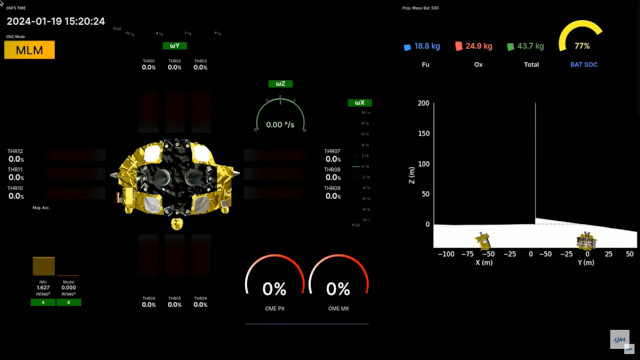
A success for the launch of the Chinese Chang’e 6 mission to take Moon soil samples and bring them back to Earth
A few hours ago, the Chang’e 6 mission was successfully launched. A Long March 5 rocket blasted off from the Wenchang space center and after about 36 minutes an orbiter and a lander separated from the rocket’s last stage to begin their journey to the Moon. The aim is to take samples of lunar soil on the far side of the Moon and bring them back to Earth.
The Chang’e 6 mission is a sort of evolution of the previous Chang’e 5, launched on November 23, 2020, which brought lunar samples back to Earth on December 16, 2020. The crucial difference is that in this new mission, the landing of a lander will take place in the South Pole-Aitken basin area, on the far side of the Moon. The choice is due to the fact that there are geological differences between the two faces of the Moon.





